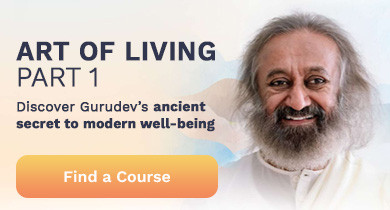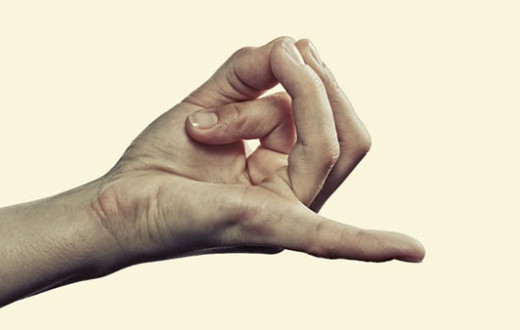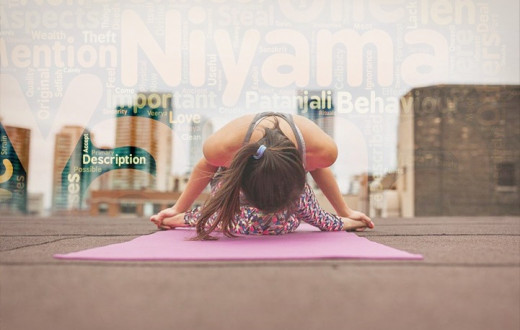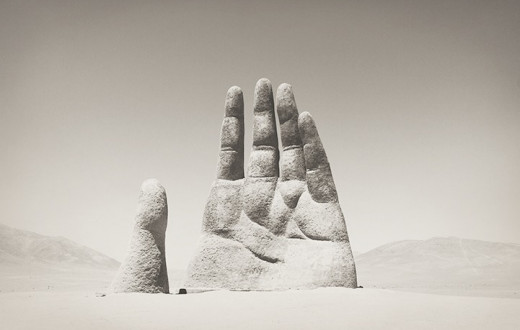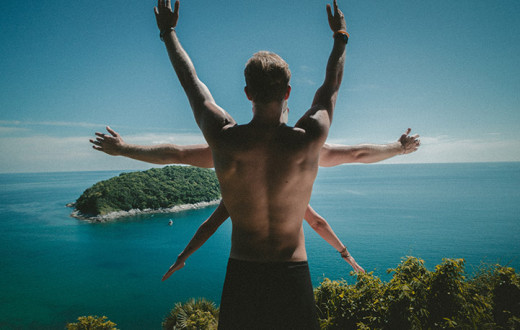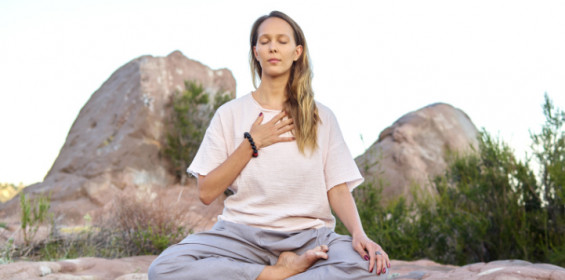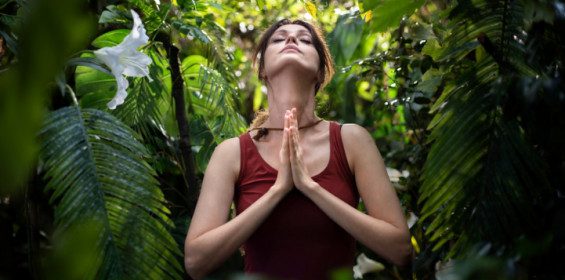By Elizabeth Herman | Posted: June 30, 2020

Yoga affects not only your body, but also your mind, spirit, and emotions. Every physical yoga posture, or asana, impacts several parts of the body. While some asanas involve standing, some are done while lying down or seated.
8 benefits of sitting yoga postures
Here are some of the ways people can benefit from practicing these poses:
- They help beginners start more easily.
- Those who get dizzy spells or have problems in the leg, back, etc., or have difficulty standing for any reason find relief from these postures.
- Without needing to concentrate on balance, you risk fewer injuries.
- These poses stretch and strengthen the lower back, thighs, and abdomen region.
- Practicing the postures can increase your stamina less strenuously.
- You can more easily regulate your breathing by holding each pose for a longer time.
- They relieve you of stress and anxiety.
- Seated yoga poses use less space. You only need a small corner.
Top 10 sitting yoga poses
The following 10 seated yoga postures can be done anywhere, anytime, and they'll help you enhance your health, too. They can tone your muscles, make your spine flexible, relieve stress and anxiety, and massage the abdomen.
If you don't want to engage in strenuous exercise, try these poses today!
1. Padmasana (lotus pose): In a seated position, bend the knees and bring the outsides of both feet to the tops of both inner thighs, with your hands resting palms up on your knees. To modify, leave one foot at a time on the ground beneath you, and practice half lotus on both sides.
- Regulates blood pressure
- Improves digestion
- Deeply relaxes body and mind
- Reduces menstrual discomfort
2. Shishuasana (child pose, also called balasana): Sitting on your heels, bend forward and lower your forehead to the floor, with your arms alongside your body and your palms facing up. To modify, make two fists and place one on top of the other under your forehead. Come out of the posture slowly, one vertebra at a time, lifting the abdomen.
- Stretches neck, hip joints, and lower back
- Relaxes back and shoulders
- Soothes and calms the nervous system
- Relieves constipation
3. Janu shirasasana (one-legged forward bend): Spine erect and legs stretched out in front of you, bend the left knee and place your left foot against the inner right thigh. Breathing in, stretch the arms up, and twist slightly to the right. Breathing out, bend forward with the spine straight. If you can, hold your toes and move forward as you pull on them. Inhaling, come up and exhaling, lower your arms. Repeat on the other side.
- Stretches neck and lower back
- Tones shoulders
- Makes the spine flexible
- Massages abdominal organs
4. Paschimottanasana (seated two-legged forward bend): Spine erect and legs stretched out in front, keep the toes flexed. Breathing in, raise both arms and stretch up. Breathing out, bend forward from your hip joints leading with your chest towards your toes. Keep your spine erect and move it forwards. Place your hands comfortably on the legs or feet. Breathing in, lengthen. Breathing out, gently move your navel towards your knees. Repeat two or three times. Breathe in, come up. Breathe out, lower your arms.
- Stretches calves, lower back, hamstrings, and hips
- Tones shoulders
- Massages pelvic and abdominal organs
- Relieves stress and fatigue
5. Ardha matsyendrasana (sitting half spinal twist): Spine erect and legs stretched out, bend your right leg and place the right foot beside the outside of your left knee. Bend your left leg so the left heel is beside the right hip. Place your right palm on the floor behind your lower back and your left arm on the outside of the right knee. Twist the waist, shoulders and neck to the right, looking over your right shoulder with the spine erect. Hold the pose with long, deep breaths. Breathing out, release your left hand first, followed by your waist, then chest, and neck. Repeat on the other side.
- Makes the spine supple and flexes it
- Energizes you by increasing oxygen supply to the lungs
- Increases hip flexibility
- Keeps the neck mobile by exercising it
6. Poorvottanasana (upward plank pose): With your legs stretched out in front of you, keep your feet together, spine erect. Don’t bend your arms. Lean back, palms on the floor hip width apart, fingers pointing away from you. Support your weight with your hands. Breathe in, lift your pelvis, and keep your whole body straight, knees straight and feet flat on the floor. Let your head fall back towards the floor. Hold the pose, breathing. Exhaling, return to a seated position. Relax. Repeat, fingers pointing toward you.
- Stretches spine, wrists, arms, shoulders, hips, legs, and back
- Improves the functioning of the respiratory organs
- Stimulates the thyroid gland
- Stretches abdominal organs
7. Badhakonasana (butterfly pose): Sit with spine erect and legs straight out in front. Bend your knees and bring your feet towards your pelvis, soles touching. Make an effort to bring your heels to your groin, hands holding feet. Take a deep breath. Breathing out, press thighs and knees downward gently. Flap legs like wings. Gradually speed up. Slow down, stop, take a deep breath in and as you exhale, bend forward, chin up and spine erect. Use elbows to press thighs down. Stretch the inner thighs and relax the muscles. With a deep breath in, lift the torso. Exhaling, gently relax the legs in front of you.
- Stretches inner thighs, groins, and knees
- Aids in bowel movements
- Great for relieving stress and fatigue
- Relieves menstrual discomfort
8. Chakki chalanasana (sitting mill churning pose): Sit with legs wide. Clasp hands and outstretch your arms at shoulder height in front.Take a deep breath and move your upper body to the front and right, in a circle. Inhale going forward and right; exhale going backward and left. Stretch forward from the lower back with legs still. The arms move with the back. Keep breathing deeply and easily. Feel the stretch in the arms, abs, groin, and legs. Make 5-10 rounds one way; repeat the other way. Your wheat flour is ready!
- Helps to prevents sciatica
- Tones arms, back, and abs
- Reduces abdominal fat
- Opens up chest and groin
9. Ustrasana (camel pose): Kneel on the floor with knees hip width apart, thighs perpendicular to the floor, and soles facing up. Place hands on the lower back, fingers down. As you inhale, draw your tailbone forwards as if it’s being pulled from the navel. Simultaneously, arch your back and reach back for your heels. Drop your head back if it’s comfortable for your neck. Hold the pose for a couple breaths. Avoid squeezing the glutes to protect the lower back. Exhale, chin to your chest and hands to hips. Engaging the belly, use hands to support your lower back as you gently come back up.
- Opens up chest and frontal regions
- Relieves lower back pain
- Makes the spine more flexible
- Improves posture
- Improves digestion
10. Marjariasana (cat stretch): In tabletop pose, keep your arms perpendicular to the floor with hands directly under shoulders, knees hip-width apart. As you inhale, raise your chin and tilt your head back, push your navel down, and raise your tailbone. Hold the pose and take long, deep breaths. As you exhale, drop your chin, arch your back up as much as you can, assume the position of an angry cat. Hold for a few breaths; return to tabletop. Repeat five or six times, inhaling for cow and exhaling for cat.
- Makes the spine flexible
- Strengthens wrists and shoulders
- Tones abdomen and improves digestion
- Improves blood circulation
- Relaxes body and mind
Long work days sitting on a chair can create a lot of tension, which these postures can relieve.
If you commute and spend many hours driving or traveling, Sukshma (subtle) yoga, done in a chair or on the floor, can help you relax instantly. Chair yoga is considered Sukshma yoga.
You can enjoy a long, comfortable life by supplementing these seated yoga poses with breathing exercises and higher levels of awareness gained through meditation. Beyond Breath - A FREE Breath & Meditation Online Session With a Live Instructor is available to start you on your journey. Also, consider making the healthy lifestyle changes involved in following an Ayurvedic diet. These practices can bring you so much positive energy!
A yoga practice helps develop the body and mind, bringing many health benefits. Yet, it isn’t a substitute for medicine. It’s important to learn and practice yoga postures under the supervision of a trained Sri Sri Yoga teacher. In the case of any medical condition, practice yoga postures after consulting a doctor and a Sri Sri Yoga teacher. Find a Sri Sri Yoga program at an Art of Living Center near you.

Elizabeth Herman writes, offers writing support to clients, teaches, and volunteers for a better world. She has a PhD in Rhetoric, Composition and Literature. Find her on Facebook or Twitter.

